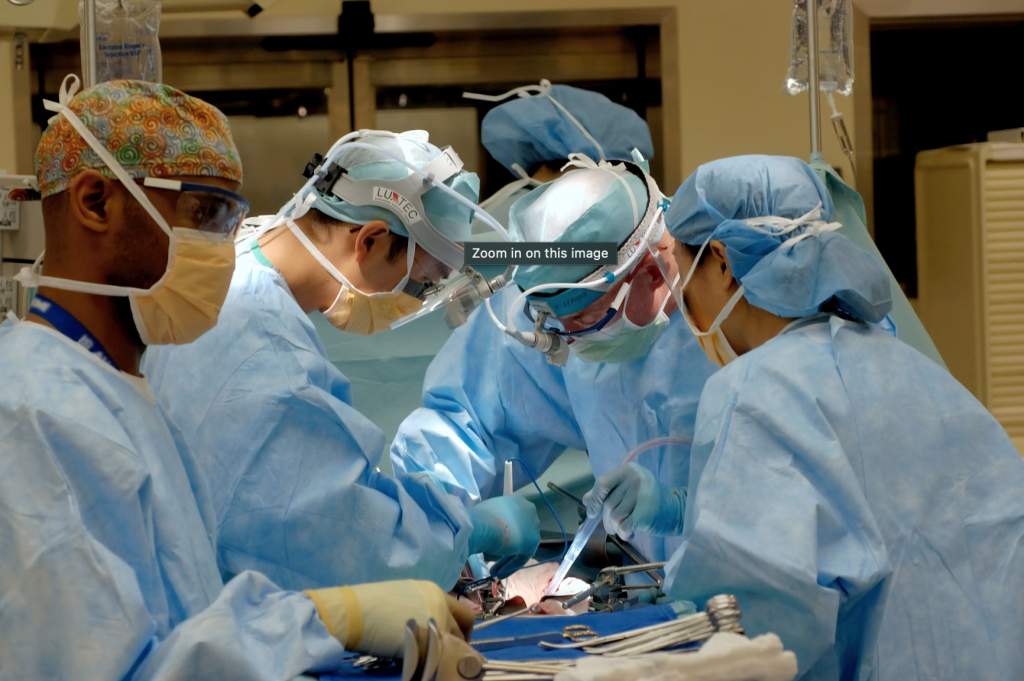Minimally invasive surgery (MIS) has revolutionized the field of pancreatic cancer treatment, offering patients a less invasive alternative to traditional open surgery with potential benefits such as shorter recovery times, reduced postoperative pain, and improved cosmetic outcomes. In recent years, advancements in surgical techniques, technology, and expertise have further expanded the role of MIS in the management of pancreatic cancer, breaking barriers and improving outcomes for patients. In this article, we will explore these advancements and their impact on the landscape of pancreatic cancer surgery.
- Laparoscopic and Robotic Approaches:
- Laparoscopic and robotic-assisted techniques have emerged as valuable alternatives to open surgery for pancreatic cancer resection.
- These approaches involve smaller incisions, specialized instruments, and enhanced visualization systems, allowing surgeons to perform complex procedures with greater precision and dexterity.
- Studies have shown that laparoscopic and robotic pancreatic surgery can result in shorter hospital stays, reduced blood loss, fewer complications, and comparable oncologic outcomes compared to open surgery.
- Whipple Procedure:
- The Whipple procedure, also known as pancreaticoduodenectomy, is a complex surgical procedure traditionally performed through a large abdominal incision.
- Minimally invasive approaches to the Whipple procedure, including laparoscopic and robotic techniques, have been developed to reduce surgical trauma and improve patient recovery.
- Surgeons skilled in MIS techniques can safely perform the Whipple procedure using minimally invasive approaches, offering patients a less invasive option with similar oncologic outcomes to open surgery.
- Distal Pancreatectomy:
- Distal pancreatectomy, which involves the removal of the distal portion of the pancreas, can also be performed using minimally invasive techniques.
- Laparoscopic and robotic distal pancreatectomy have been shown to result in less blood loss, shorter hospital stays, and faster recovery compared to open surgery, with comparable oncologic outcomes.
- These minimally invasive approaches offer patients with distal pancreatic tumors a less invasive option for surgical resection.
- Enhanced Recovery Protocols:
- Enhanced recovery protocols, also known as fast-track protocols, have been developed to optimize perioperative care and accelerate recovery following pancreatic cancer surgery.
- These protocols emphasize preoperative optimization, intraoperative strategies to minimize surgical stress, and postoperative interventions to enhance pain management, nutrition, and mobility.
- By implementing enhanced recovery protocols, healthcare providers can further enhance the benefits of minimally invasive pancreatic surgery, allowing patients to return to normal activities more quickly while reducing the risk of complications.
- Patient Selection and Training:
- Patient selection and surgeon training are crucial factors in the success of minimally invasive pancreatic surgery.
- Not all patients with pancreatic cancer are suitable candidates for minimally invasive approaches, and careful consideration must be given to factors such as tumor size, location, and extent of disease.
- Surgeons must undergo specialized training and gain experience in minimally invasive techniques to safely and effectively perform pancreatic cancer surgery using laparoscopic or robotic approaches.
Conclusion: Advancements in minimally invasive surgery have transformed the landscape of pancreatic cancer treatment, offering patients a less invasive option with potential benefits in terms of recovery and outcomes. Laparoscopic and robotic approaches to pancreatic cancer surgery, including the Whipple procedure and distal pancreatectomy, have demonstrated safety and efficacy in select patients. Enhanced recovery protocols and ongoing advancements in surgical techniques and technology continue to improve the feasibility and outcomes of minimally invasive pancreatic surgery. By leveraging these advancements and integrating minimally invasive approaches into comprehensive treatment plans, healthcare providers can offer patients with pancreatic cancer the best possible outcomes while minimizing surgical trauma and optimizing recovery.

